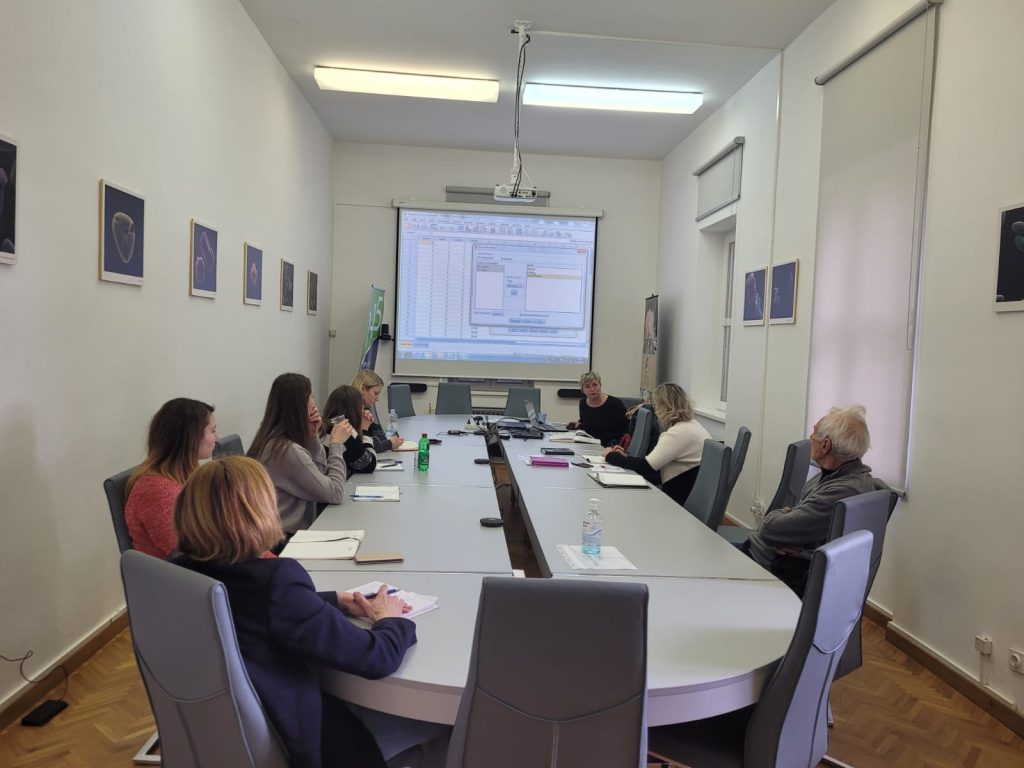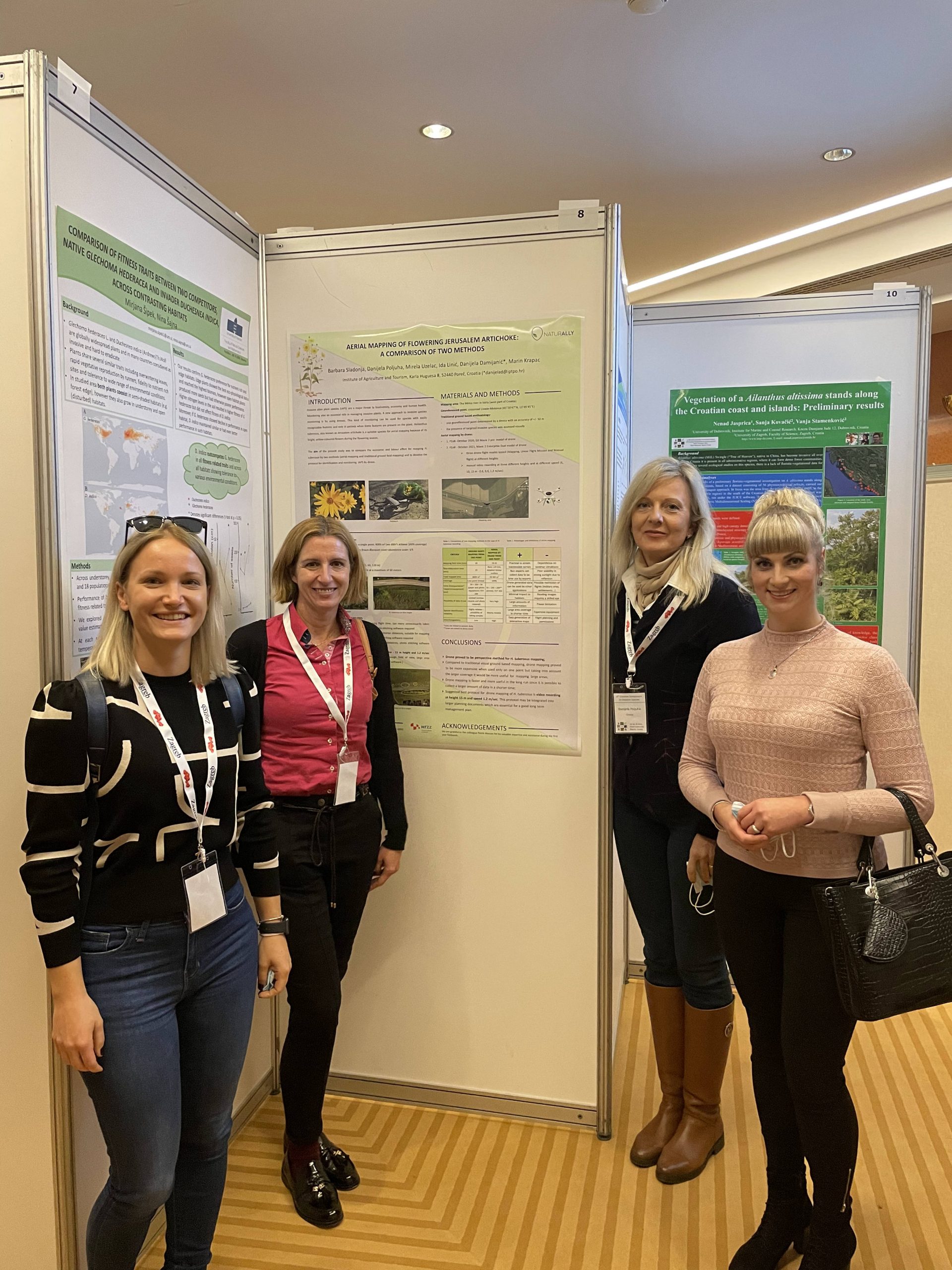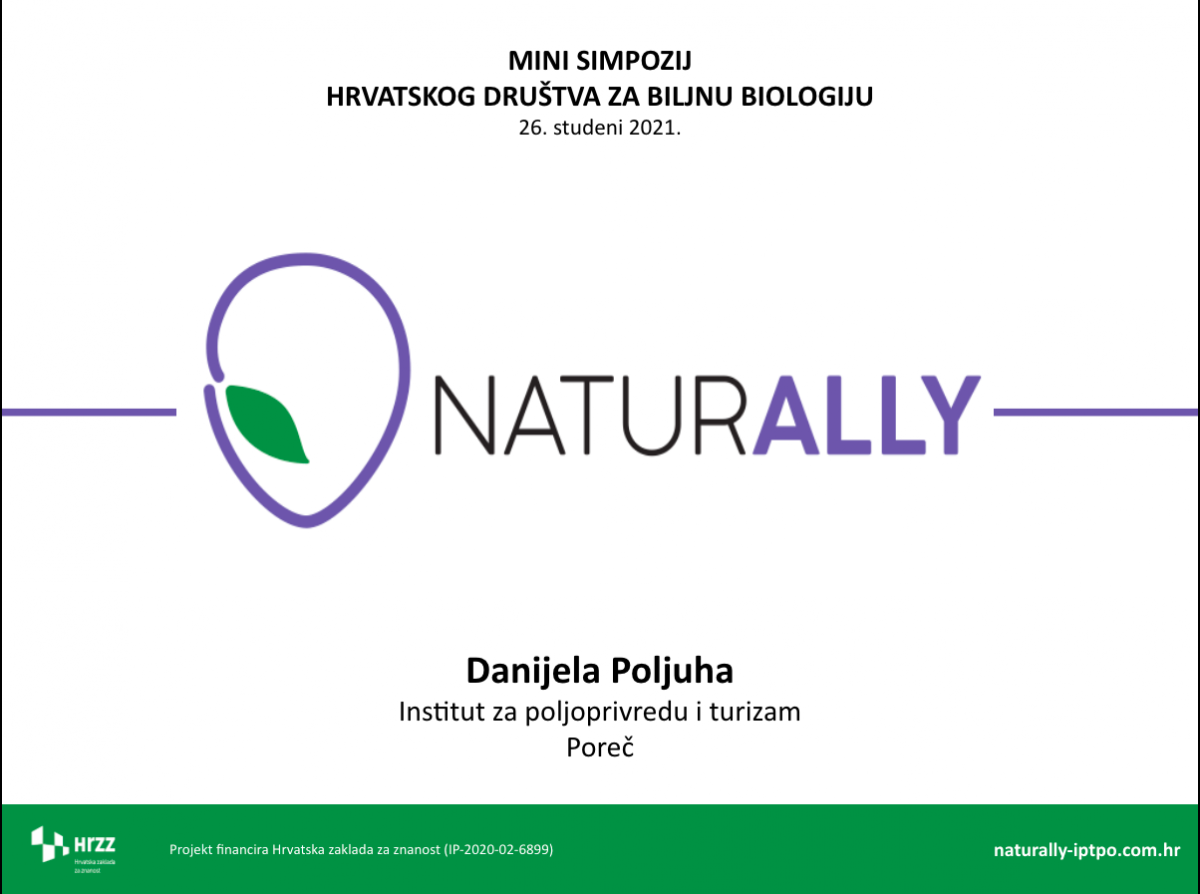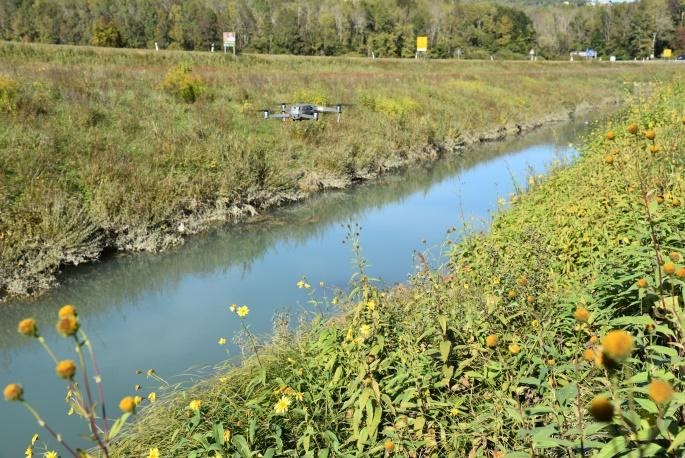On Monday, February 6th, at the Institute for Agriculture and Tourism, the workshop “Statistical Data Analysis (IBM SPSS Statistic)” was held for members of the project team and associates. Workshop leader Slavica Dudaš, PhD, Assoc. professor at the Polytechnic in Rijeka, explained the methods of data analysis and interpretation of the results in the context of the project’s goals, using practical examples of the analysis results obtained as part of the project.
The participants had the opportunity to go through the entire analysis process and discuss the obtained results. The project “NATURE as an ALLY: Alien Invasive Plants as Phytopharmaceuticals – NATURALLY” is funded by the Croatian Science Foundation. The project’s main goal is to investigate the
phytopharmaceutical potential of natural extracts of four invasive alien species (three of heaven, black locust, Jerusalem artichoke, and Canada goldenrod) in Istria (Croatia) as a basis for new
ecosystem services.























